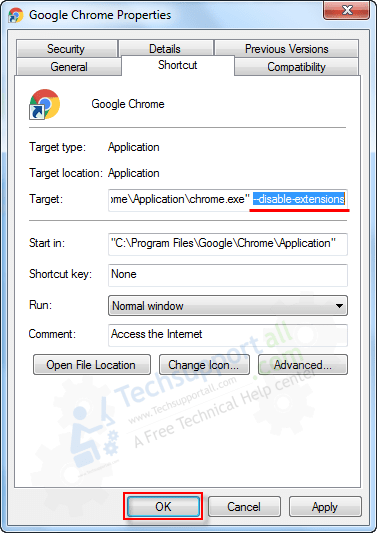
The “ Content settings” dialog window will appear, and to find the section where you can change the Flash permissions for websites, scroll down to where it says “ Plug-ins” and click “ Manage exceptions…” In this section click the “ Content settings…” button. To do this, all you need to do is go to the main menu in Chrome and select “ Settings.” In this area, scroll to the bottom of the Setting page and click, “ Show advanced settings…”Īfter you click the link, the “ Privacy” section will appear. While you can’t disable certain plugins – it’s all or nothing when blocking plugins in Chrome – it will at least disable Flash, which can eliminate a big headache and prevent your computer from slowing down when multiple Flash players load. To setup site-specific permissions for Flash in Chrome, doing so is quite easy. Setting up Site Flash Permissions in Chrome Our guide will outline how to disable Flash for specific websites in both Chrome and Firefox. Whether you use Chrome or Firefox, you can set up site-specific permissions for Flash, giving you full control over when Flash is activated. Many computer users have no idea they don’t have to suffer any longer with Flash doing what it pleases. The good news is that it doesn’t have to be this way.


Other times however Flash’s “auto play” feature can make it one of the most annoying plugins in the world. It can be great when you want to hear or view the media it will automatically play when you visit a website. Flash can be a double-edged sword when surfing the web.


 0 kommentar(er)
0 kommentar(er)
